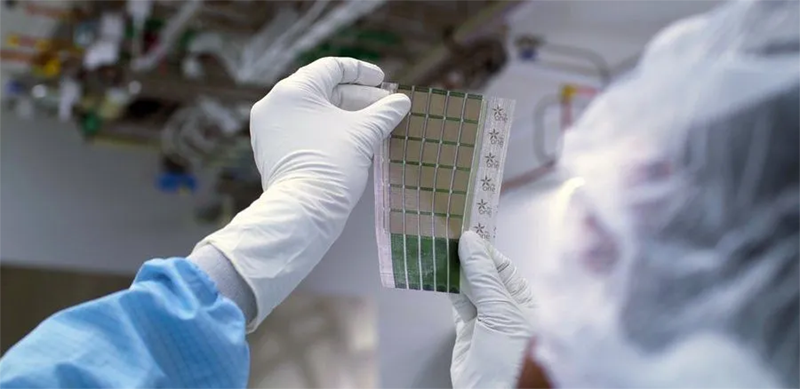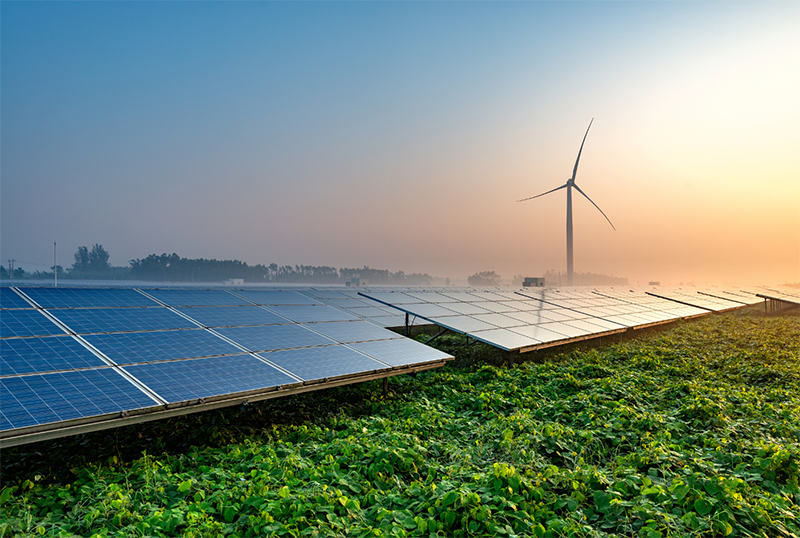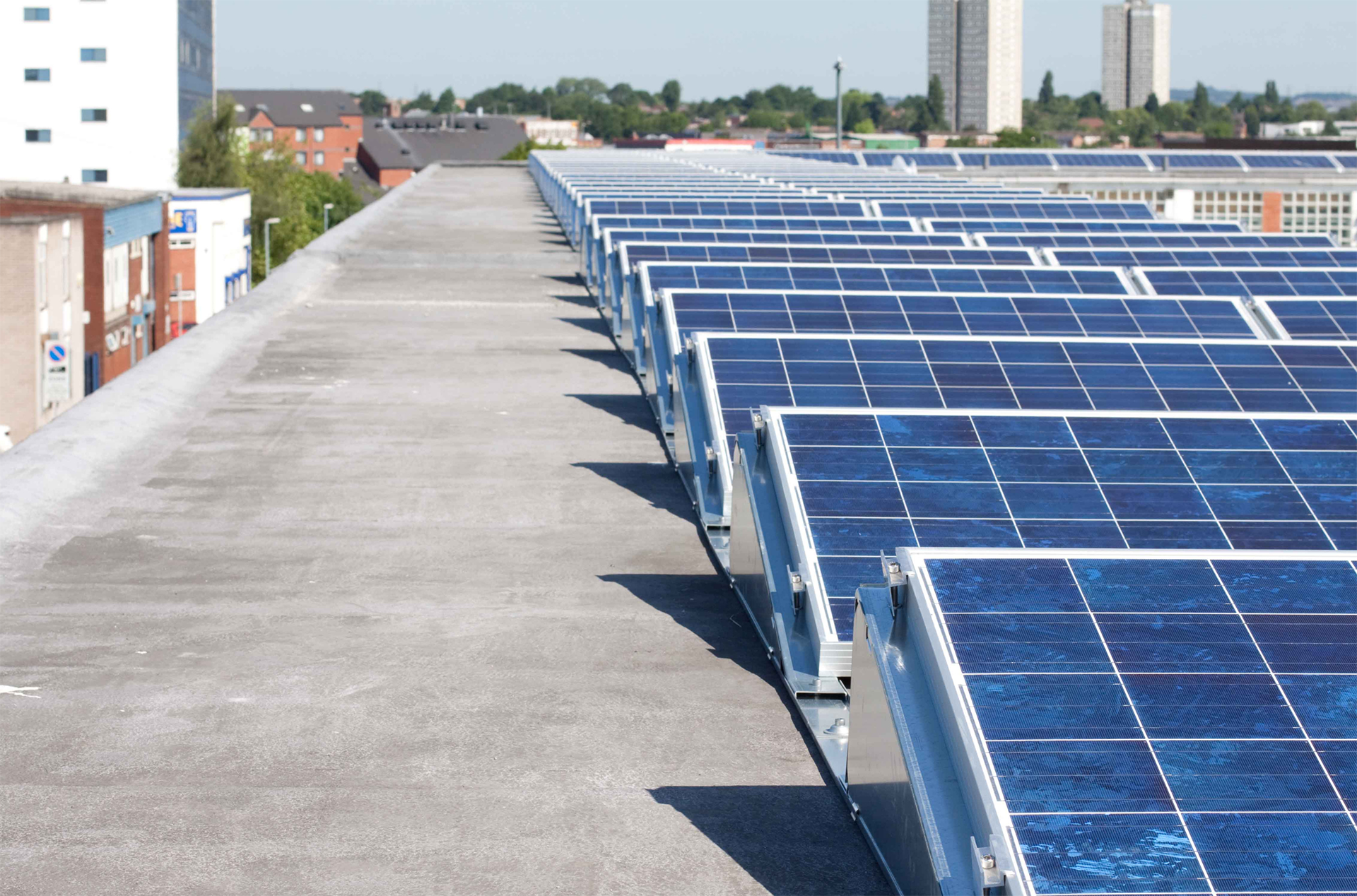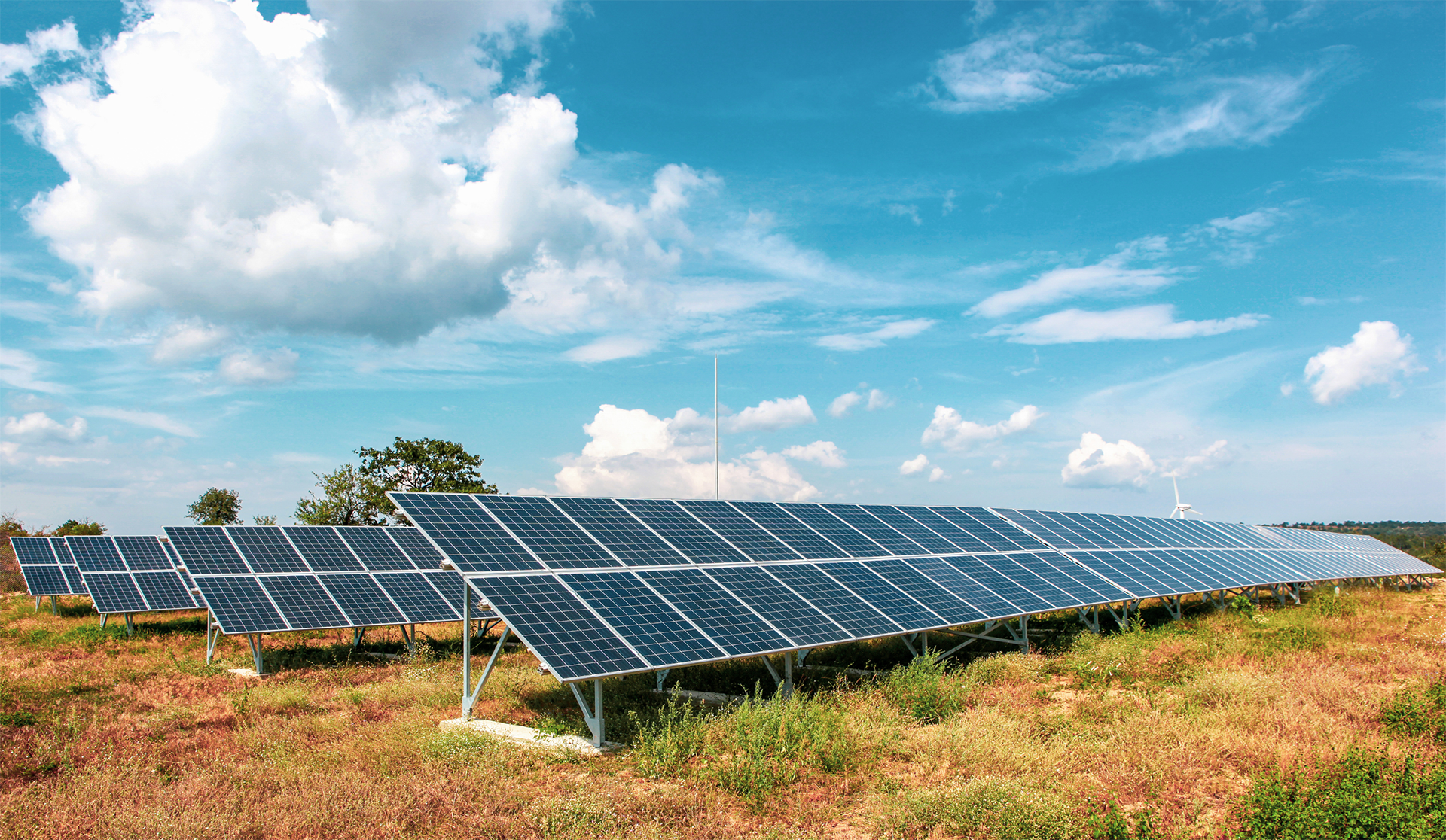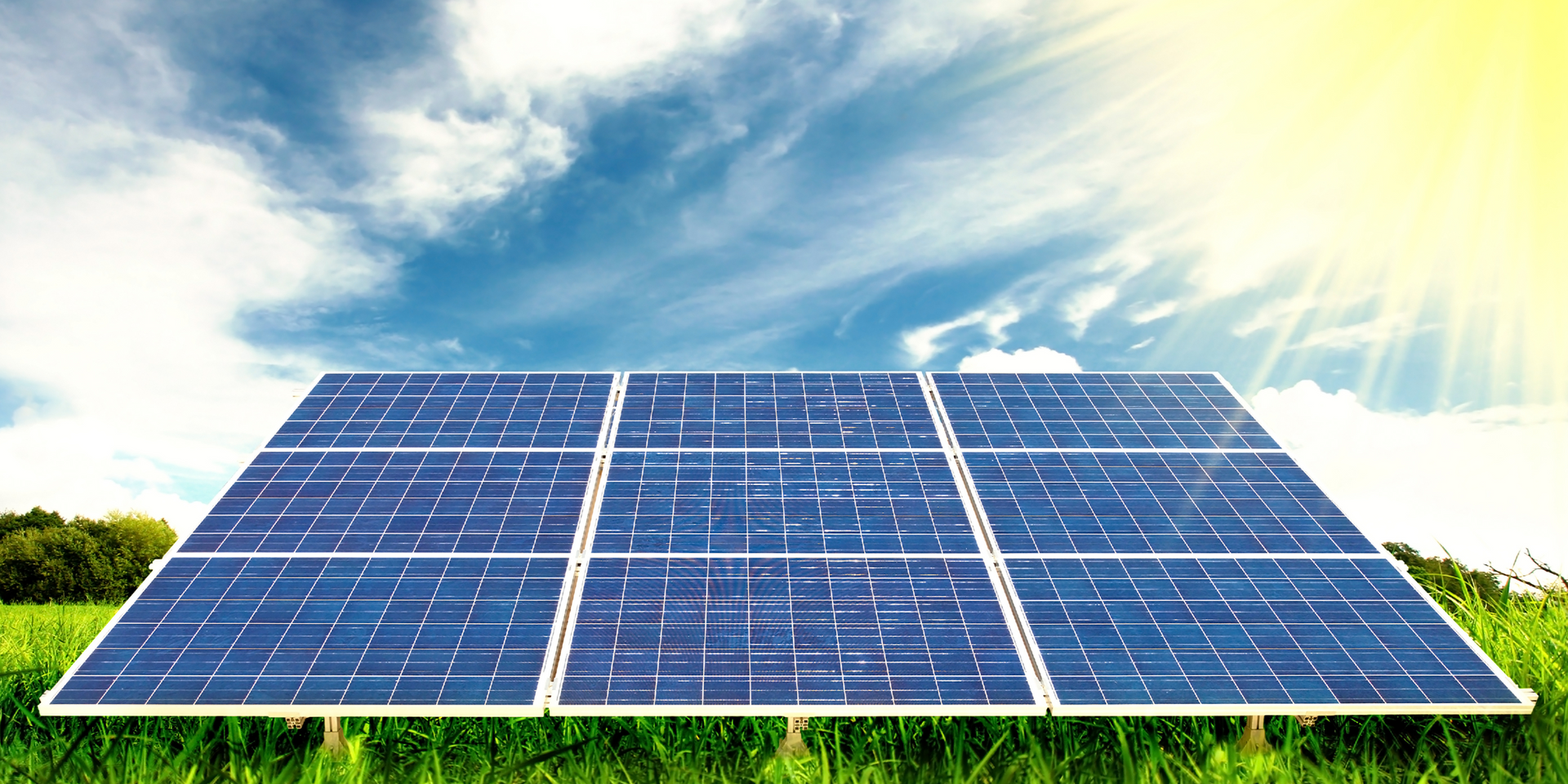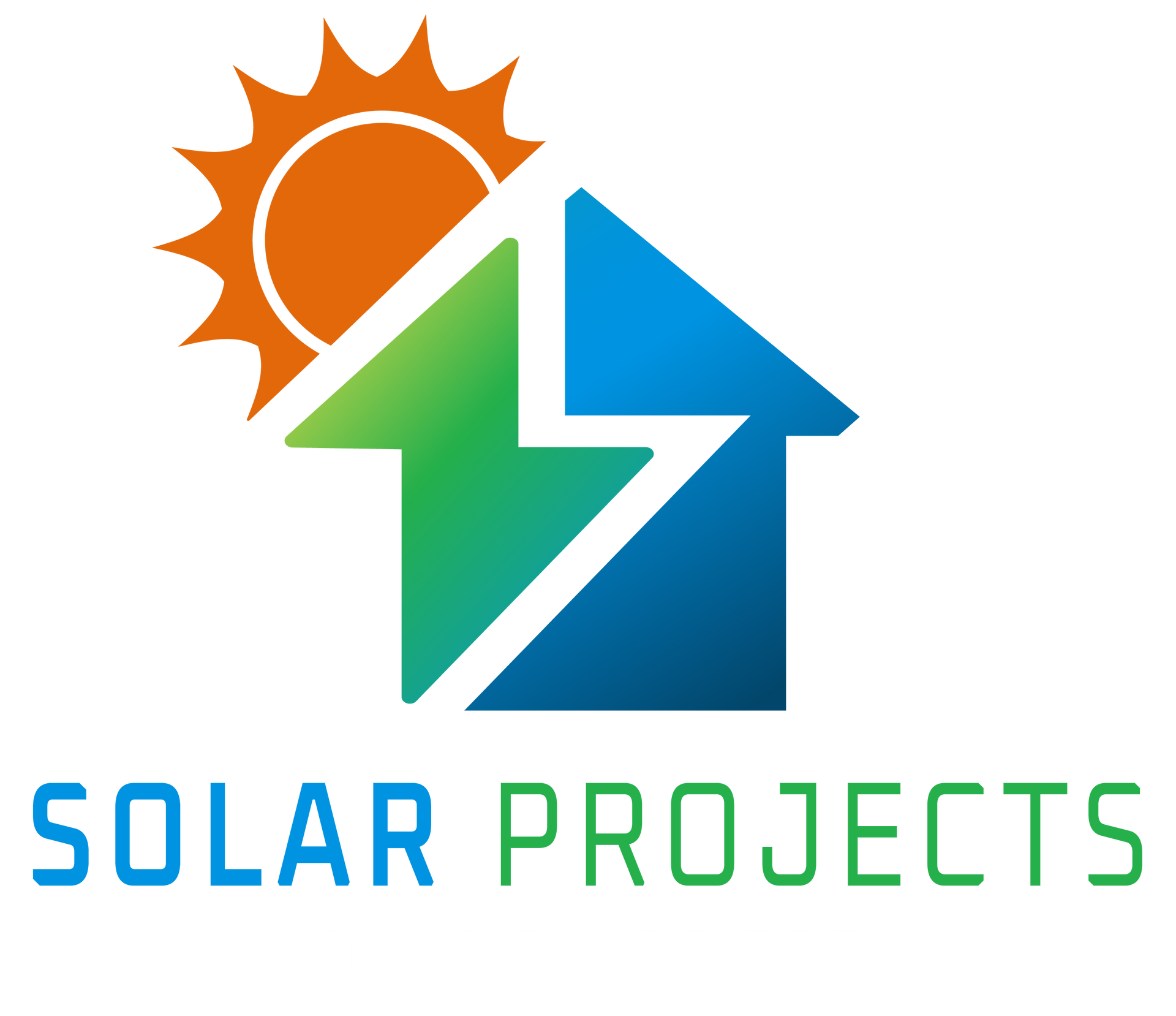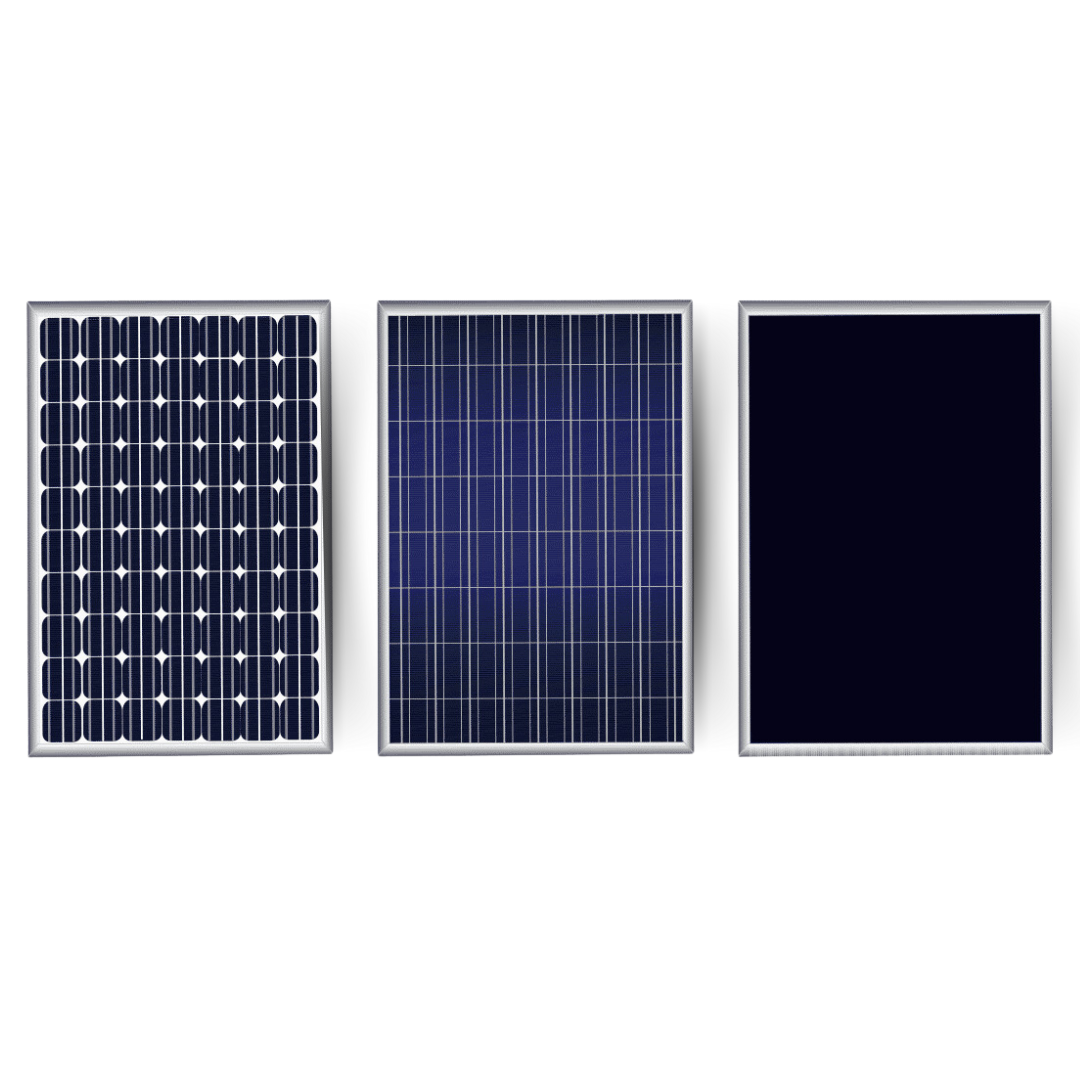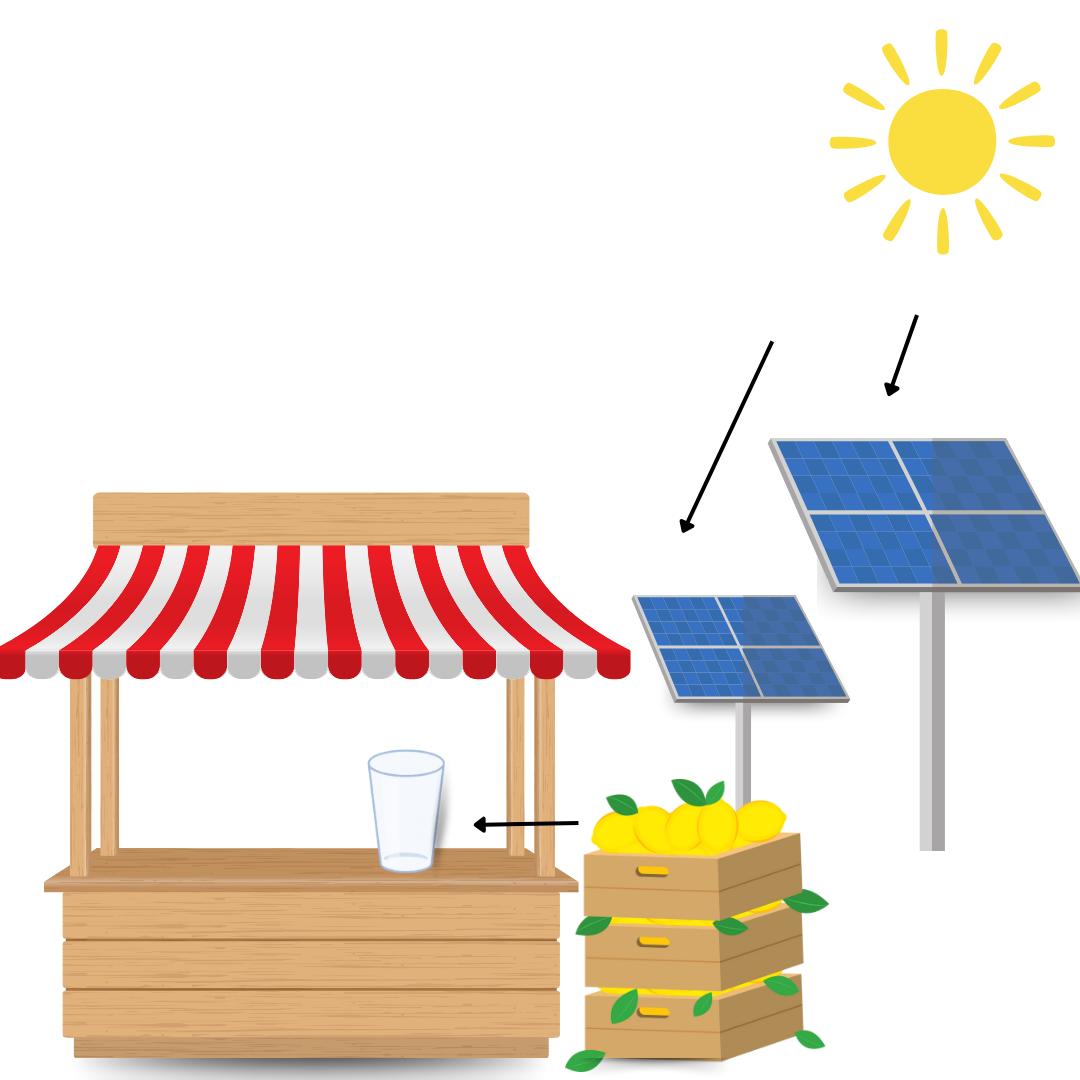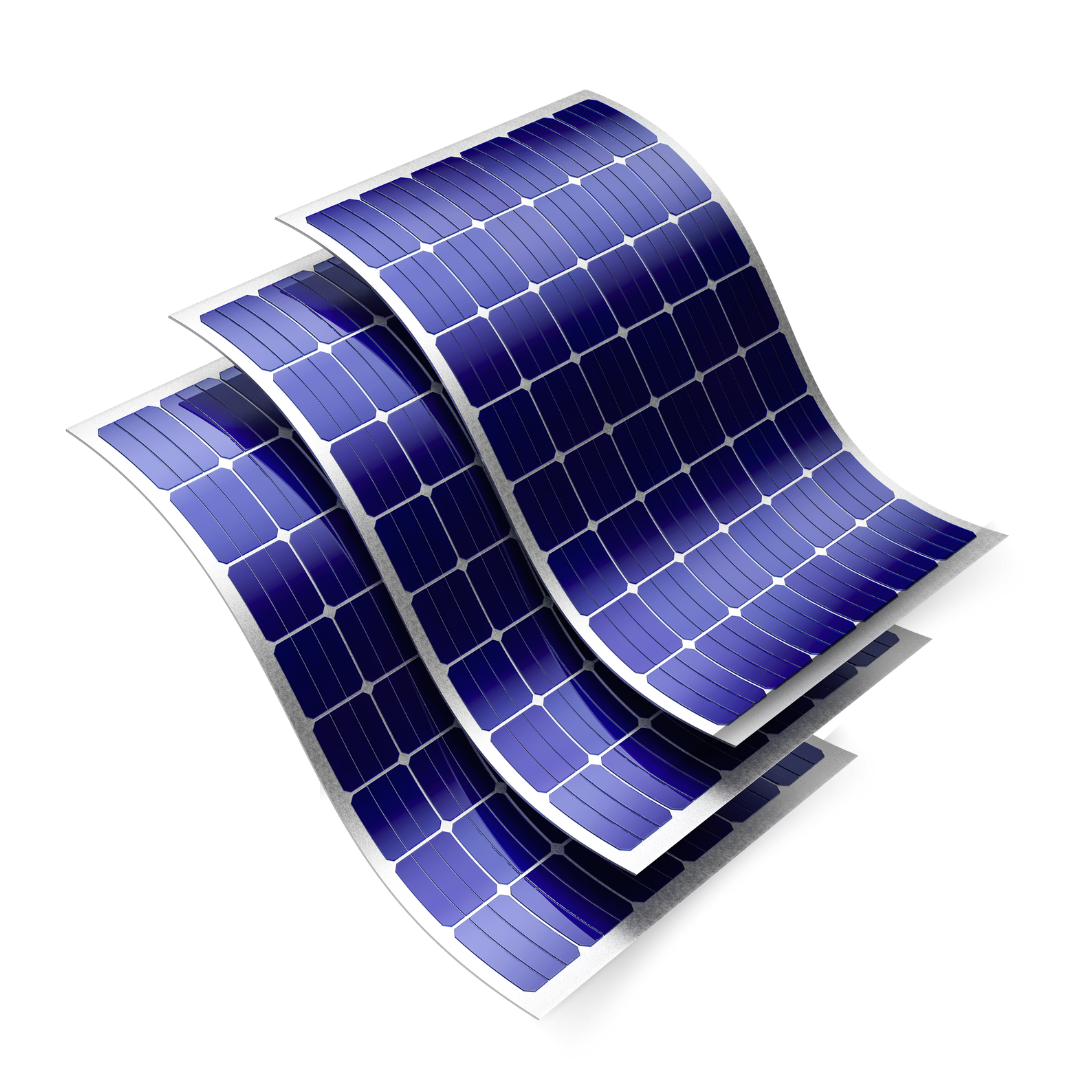How Solar Panels Work
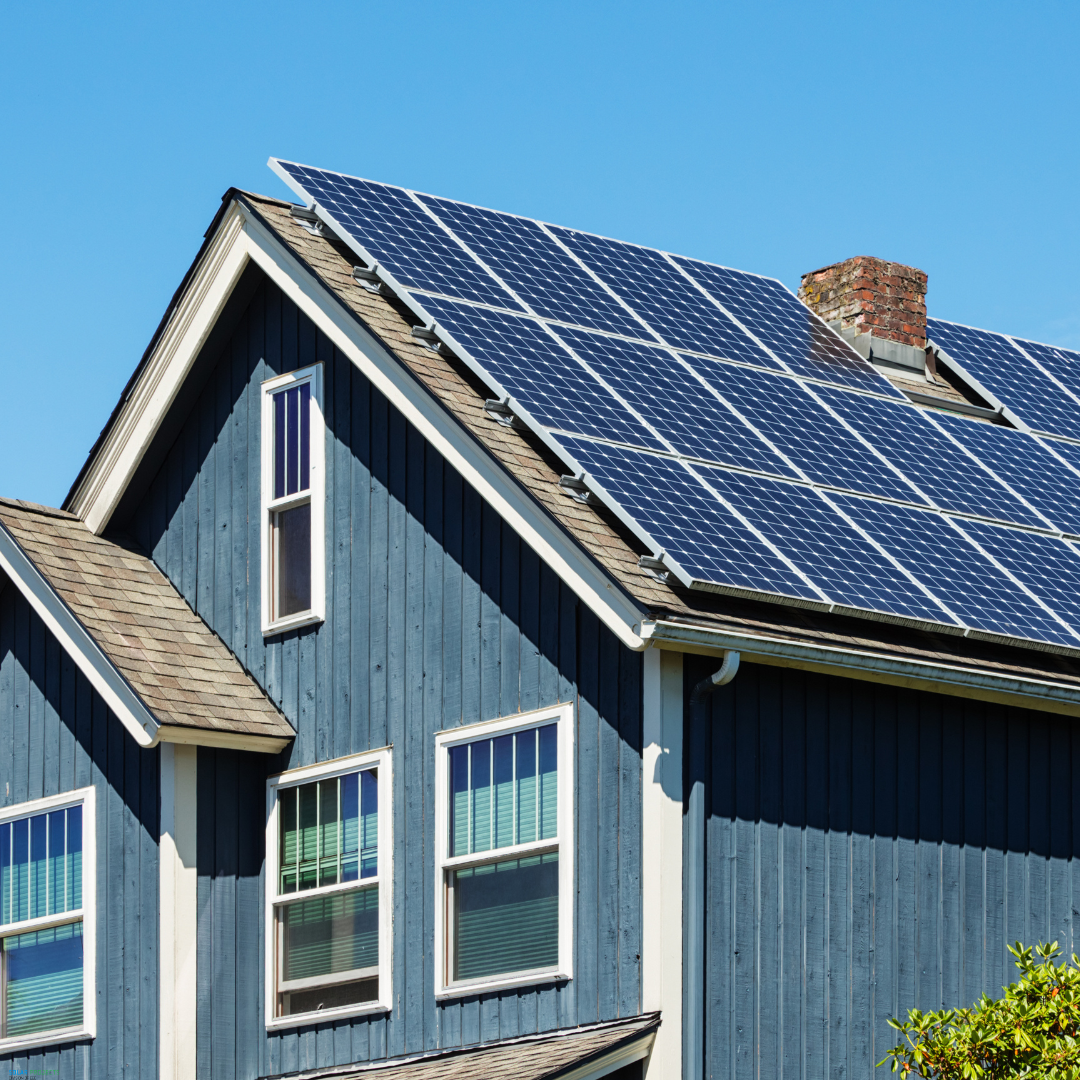
How Solar Panels Work In South Africa
Different Components of a Solar Panel
Solar panels, or photovoltaic (PV) panels, are made up of several key components that work together to convert sunlight into electricity. Here’s a breakdown of the main parts that make the magic happen:
Solar Cells
- Function: The core component that converts sunlight into electricity.
- Description: Typically made of silicon, solar cells are the building blocks of a solar panel. They absorb photons from sunlight, creating an electric field across the layers, which generates electricity. It’s kind of like the mitochondria we all know and love.
Glass Cover
- Function: Protects the solar cells.
- Description: A durable, transparent glass cover shields the cells from environmental damage while allowing sunlight to pass through.
Encapsulant
- Function: Holds the solar cells in place and protects them from moisture and contamination.
- Description: A layer of protective material, usually ethylene-vinyl acetate (EVA), surrounds the solar cells, providing stability and insulation.
Frame
- Function: Provides structural support and protection.
- Description: Typically made of aluminium, the frame holds the solar panel components together and allows for easy mounting on rooftops or other structures.
Back Sheet
- Function: Protects the internal components and provides insulation.
- Description: The back sheet is the bottom layer of the solar panel, usually made of a durable, non-conductive material that protects against weather and UV radiation.
- New solar panels can also have a glass back made from the same material as the front glass. These panels are referred to as glass-glass panels. This allows the panel to absorb sunlight from the front and back as well as greatly decreasing the degermation over the lifetime of the panel.
Junction Box
- Function: Houses the electrical connections.
- Description: Located at the back of the panel, the junction box is where the electrical connections are made, including bypass diodes that help maintain performance even if part of the panel is shaded.
Bypass Diodes
- Function: Prevent power loss in shaded conditions.
- Description: Bypass diodes are installed in the junction box to ensure that the current can bypass shaded or malfunctioning cells, minimizing power loss and protecting the cells from overheating.
Busbars (Interconnectors)
- Function: Connect the individual solar cells.
- Description: Thin strips of conductive material, usually made of copper or silver, that electrically connect the solar cells to form a circuit, allowing the generated electricity to flow through the panel.
2. Overview of the Photovoltaic Effect
Imagine you’re running a lemonade stand on a sunny day. This scenario can help us understand how solar panels turn sunlight into electricity through the photovoltaic effect.
Lemonade Customers (The Sun)
The sun is like a stream of eager customers lining up for refreshing lemonade. These customers represent photons, the tiny particles of sunlight that travel to your solar panel.
Lemons (Solar Cells)
The lemons you use to make lemonade are like the solar cells in a solar panel. Just as lemons are the essential ingredient for making lemonade, solar cells are the key components that convert sunlight into electricity.
Lemon Squeezer (Photons Energizing Electrons)
When you squeeze lemons to extract juice, it’s similar to photons hitting the solar cells. Imagine each photon as a strong squeeze that extracts a bit of energy (lemon juice) from the solar cells.
Lemon Juice (Excited Electrons)
The lemon juice you collect represents the excited electrons in the solar cells. When the photons (customers) hit the solar cells (lemons), they excite the electrons (extract lemon juice), freeing them up to create energy.
Lemonade Glass (Electric Field)
Now, you need a glass to hold all that lemon juice, just like solar cells need an electric field to organize the excited electrons. This electric field ensures that the electrons (lemon juice) are directed and ready to flow.
Pouring Lemonade (Electric Current)
Pouring lemonade from the glass into cups for your customers is like the electric current flowing through a circuit. When the solar panel is connected to a circuit, the electrons (lemonade) flow out, creating a stream of electricity.
Happy Customers (Powering Devices)
Finally, the satisfied customers enjoying their lemonade represent the devices and appliances powered by the electricity generated from the solar panel. The happier the customers, the more successful your lemonade stand (solar panel).
3. Solar Panel Types – Their Benefits and Disadvantages
3.Polycrystalline Solar Panels (Poly-Si)
Description: Made from multiple silicon crystals melted together.
Appearance: Usually blue with a speckled, mosaic-like appearance.
Efficiency: Lower efficiency compared to monocrystalline
Advantages: More affordable due to simpler manufacturing process, good performance in various conditions.
Disadvantages: Slightly less efficient and larger for the same power output as monocrystalline panels.
4.Thin-Film Solar Panels
Description: Made by depositing one or more thin layers of photovoltaic material onto a substrate like glass, plastic, or metal.
Types: Includes amorphous silicon (a-Si), cadmium telluride (CdTe), and copper indium gallium selenide (CIGS).
Appearance: Typically uniform in appearance, can be flexible or rigid and are often black or dark in colour.
Efficiency: Lower efficiency compared to crystalline silicon panels, usually between 10-12%.
Advantages: Lightweight, flexible, can be used in a variety of applications and performs better in high temperatures and low-light conditions.
Disadvantages: Lower efficiency means more space is needed for the same power output, and the materials used can be less environmentally friendly (in some cases).
5.Heterojunction Solar Panels (HJT or SHJ
Description: Made from a hybrid technology, combining aspects of conventional crystalline solar cells with thin-film solar cells.
Appearance: Typically blue and more transparent.
Efficiency: Has the highest efficiency of the technologies covered here exceeding 26%.
Advantages: High efficiency, longer lifespan (typically a glass-glass panel giving 30 years + lifespan, high bifaciality (can absorb light from both sides) and better performance in low-light conditions.
Disadvantages: More expensive due to the complex manufacturing process but the costs are coming down quickly due to increased production volumes.
4. Factors Affecting Solar Panel Efficiency in South Africa

5. From Our EEC Test Facility
We at EEC are committed to client satisfaction and thus decided to ensure when we recommend a product we have the facts to support our recommendation.
Let’s get back to the facts.
EEC has conducted extensive tests on three types of solar panel technologies: advanced Mono Perc, normal Mono Perc, and heterojunction cell technology, to determine their efficiency and performance under different conditions.
Key Findings:
EEC tested two Mono Perc panels from different brands (one less expensive and one premium) and 2 new heterojunction cell technology panels.
The different panels are installed as a permanent installation in order to observe the long-term performance of the different technologies as well as season effects.
Performance Under Real Conditions
- Panels are rated at standard test conditions (STC), but actual performance decreases with higher temperatures and different sunlight angles.
Comparison of Panel Brands
- EEC tested two Mono Perc panels from different brands (one less expensive and one premium) and a new heterojunction cell technology panel.
- The premium Mono Perc panel showed a 6-8% better yield compared to the less expensive one.
- Heterojunction cell technology showed a 15% better yield compared to older technologies.
Heterojunction Cell Technology
- Combines multiple technologies (monocrystalline and thin-film) to enhance efficiency.
- Performs better in low light conditions (early morning, late afternoon, cloudy days) and captures a wider range of light frequencies.
- Has a better temperature coefficient, making it more efficient in various conditions.
Performance Guarantees
- Traditional panels offer a 25-year performance guarantee with a maximum 20% efficiency loss. New technology panels provide a 30-year guarantee with only a 4% efficiency loss, making them more durable and efficient over time.
Cost and ROI
- New technology panels, previously more expensive, are now only 10-15% more costly. Despite the higher upfront cost, they offer better payback and return on investment due to improved performance and longevity.
Conclusion
EEC’s tests have shown that newer technologies, especially heterojunction cells and premium Mono Perc panels, provide significant efficiency and durability improvements, making them a worthwhile investment for solar energy installations in South Africa. By choosing the right solar panels, you can ensure optimal performance, better returns, and a greener future under the beautiful African sun.
